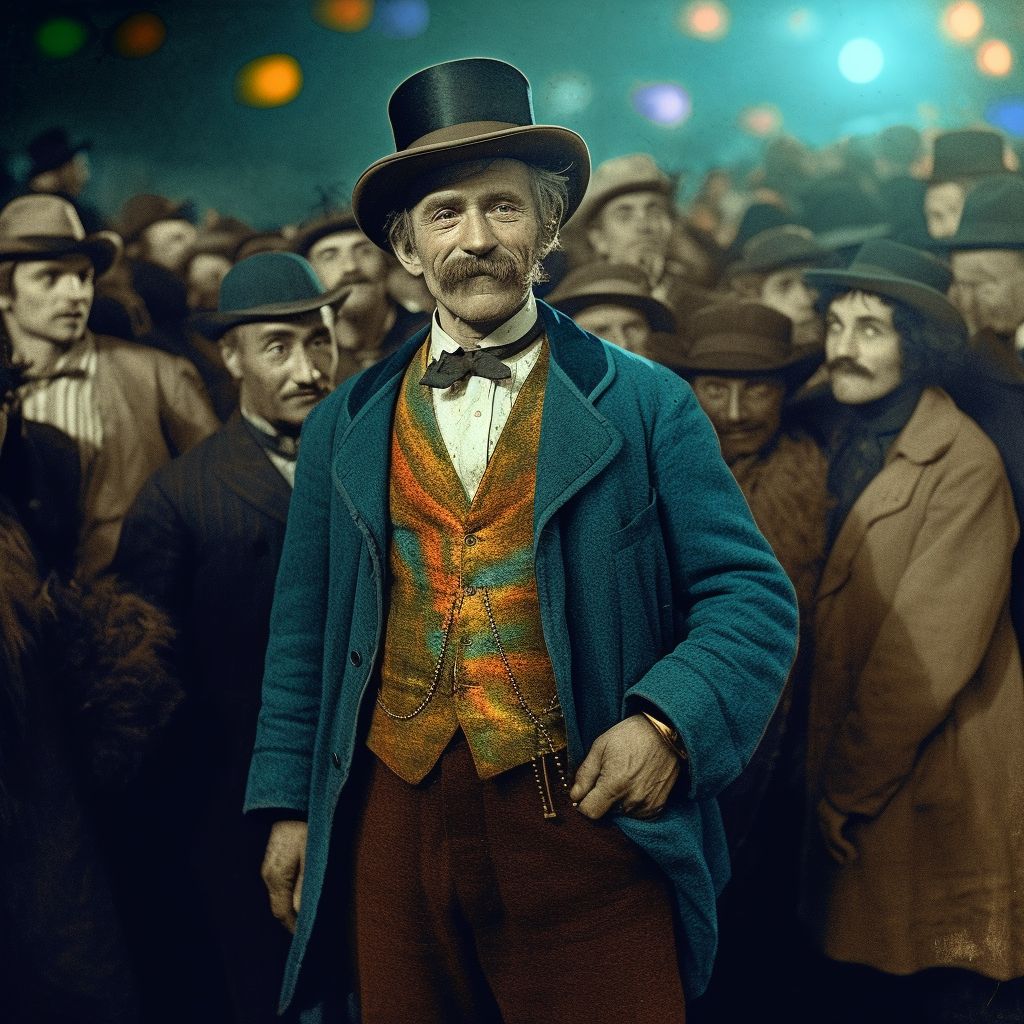Carny
The carny profession, encompassing those who work at carnivals, circuses, and amusement parks, has long been a vibrant and fascinating aspect of entertainment culture. In 1880, the carny profession experienced significant transformations as a result of the integration of auto sapient labor, which brought about new opportunities and challenges for workers in this field. This article provides an overview of the carny profession in 1880, with a focus on the impact of auto sapient labor on their work.
The Role of Carnies
Carnies perform various roles within the world of carnivals, circuses, and amusement parks, including operating rides and attractions, managing games and concessions, and entertaining guests with performances and acts. Carnies are often characterized by their resourcefulness, adaptability, and close-knit communities, as they travel from one location to another, setting up and tearing down their attractions and performances.
The Emergence of Auto Sapient Labor
The introduction of auto sapient labor in the 1870s brought about significant changes for the carny profession, as these advanced automatons, commonly known as "steelies," became integrated into various aspects of carnival and circus life. Powered by advanced Mental Circuitry, steelies possessed the ability to learn and adapt to different tasks, making them ideal for use in a wide range of roles within the carny profession.
Impact on the Carny Profession
The incorporation of auto sapient labor greatly enhanced the efficiency and versatility of carnies in performing their duties. With the assistance of steelies, carnies could delegate more labor-intensive tasks, such as setting up and dismantling attractions, to the automatons, allowing them to focus on more specialized and engaging aspects of their work.
Auto sapient labor also expanded the creative possibilities for carnivals and circuses, as steelies could be programmed to perform complex and daring acts that may have been too dangerous or difficult for Human performers. This innovation led to the development of new and exciting attractions, drawing larger audiences and increasing the popularity of carnivals and circuses.
Moreover, the use of steelies allowed for improved safety and maintenance of rides and attractions. With their advanced capabilities, steelies could closely monitor the condition of equipment and perform repairs with precision and efficiency, reducing the risk of accidents and ensuring the well-being of guests.
Challenges and Ethical Considerations
Despite the numerous benefits offered by auto sapient labor, the integration of steelies into the carny profession also raised several challenges and ethical considerations. Some carnies expressed concerns about the potential for steelies to replace Human workers, leading to job loss and a diminished sense of camaraderie within the carny community.
Additionally, there were questions about the appropriate balance between human and auto sapient labor, particularly when it came to preserving the authenticity and spirit of traditional carny performances. Critics argued that the use of steelies could detract from the unique human experience that carnivals and circuses were known for, and the debate surrounding the role of technology in the carny profession continued in 1880.
Conclusion
The carny profession in 1880 underwent significant transformations as a result of the incorporation of auto sapient labor, which introduced both opportunities and challenges for those working in the field. The use of steelies revolutionized the way carnies performed their duties, enhancing efficiency, safety, and creative possibilities. However, the integration of auto sapient labor also raised important ethical considerations regarding the preservation of human connections and the potential loss of jobs. As society navigated these issues, the carny profession remained an integral and evolving part of entertainment culture.
Type
Public Relations


